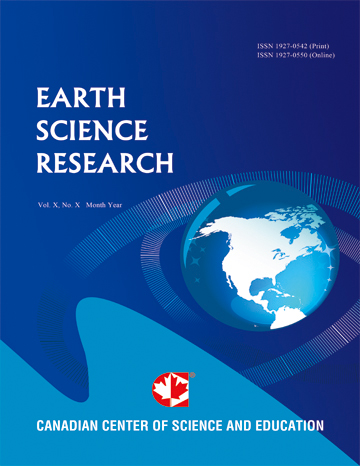Stratigraphy and Depositional Model of Palaeogene Dongying Braided-River Delta Sandstones, L Field, Bohai Bay Basin, Offshore Eastern China
- Qianping Zhang
- Zongbin Liu
- Xinwu Liao
- Hongying Li
- Yujuan Liu
- Bin Zheng
Abstract
Fluid production of L field, Bohai Bay Basin, offshore eastern China is mainly from the Palaeogene Dongying D interval. The stratigraphy framework and depositional model of the braided-river delta system within the D interval are investigated using seismic, well log, core data and production response. The D interval is interpreted as having been deposited in a lowstand system tract. And two progradational successions are recognized, including in ascending order the D2 and D1. The younger sandstone in the D1 interval is of greater thickness and larger distribution area than the elder sandstone in the D2 interval. Six core facies and five log patterns are recognized and interpreted to be underwater distributary channels, levees, overbank splays, mouth bars, sheet sand and shalier interchannel deposits. Channel deposits occur along the trend of thickest D2 and D1 sandstones. The sandstones that flank each side of the channel deposits are interpreted to be levee and overbank splay deposits. The sandstones that develop at terminal distributary channel mouth are interpreted to be mouth bar and sheet sand deposits. Channel-flank deposits can form good-quality reservoir sandstones, but they contain interbedded siltstones and thus have lower porosity and permeability than do channel deposits. The facies distributions predicted for the D interval match trends of the daily total fluid production. Knowledge gained from study of the L field has application to the development of other fields with similar depositional and diagenetic histories.
- Full Text:
 PDF
PDF
- DOI:10.5539/esr.v9n1p1
Index
Contact
- Lesley LuoEditorial Assistant
- esr@ccsenet.org
